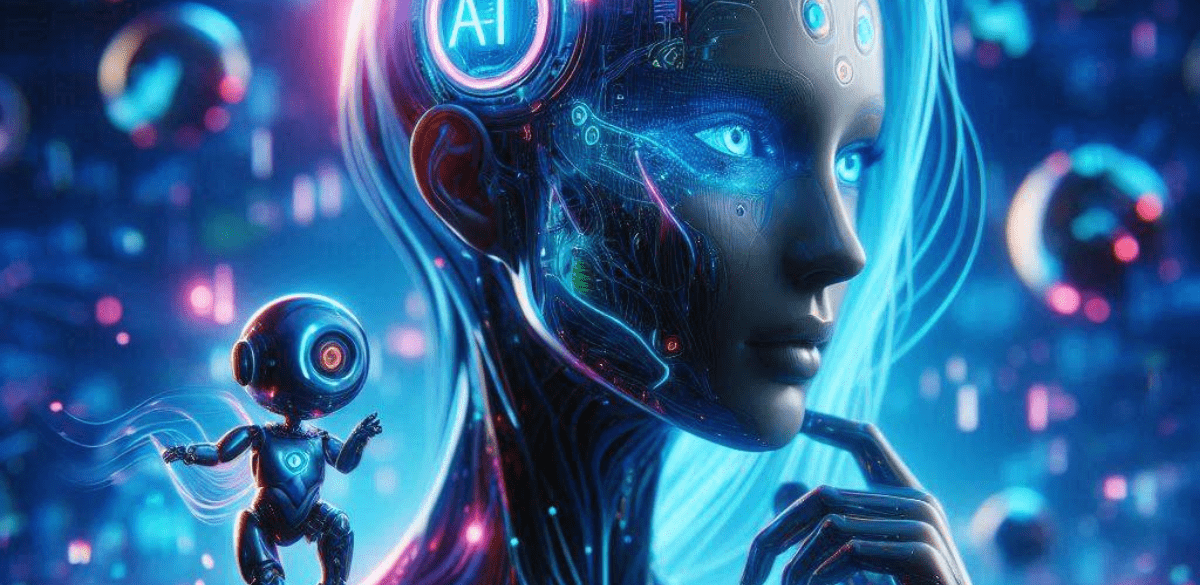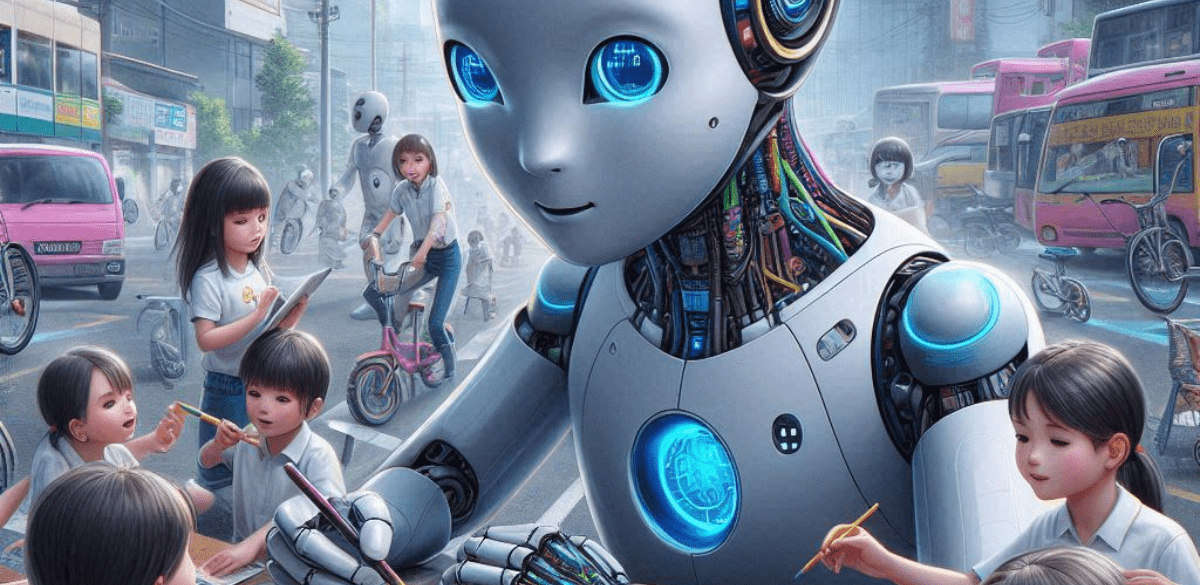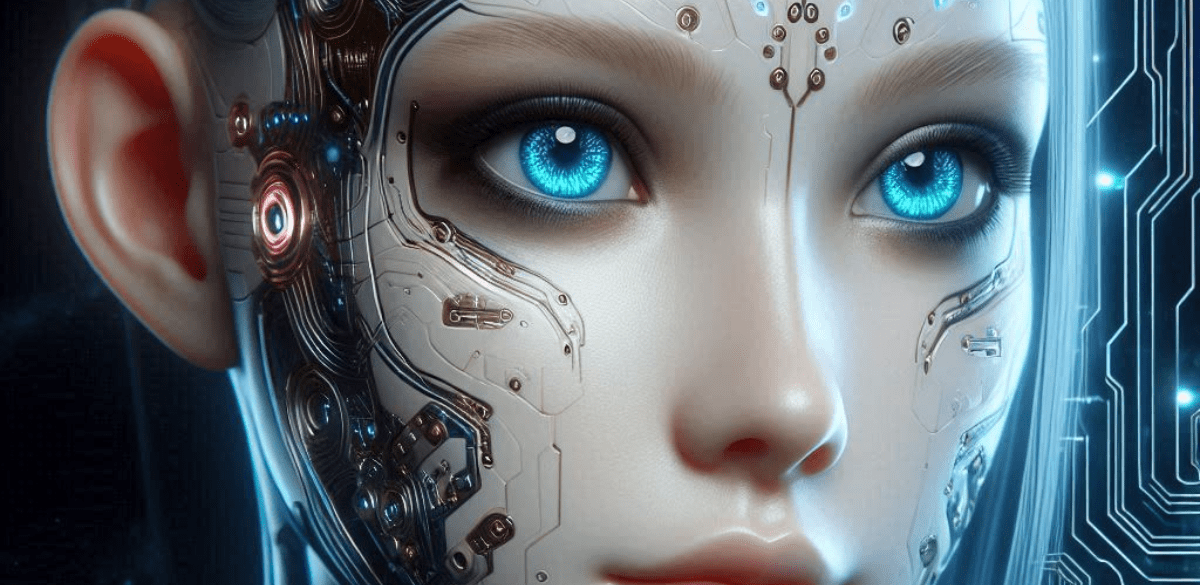Artificial Intelligence AI is revolutionizing industries and transforming the way we live and work. From powering virtual assistants to driving autonomous vehicles, AI has become an integral part of modern technology. But how does AI work its magic? Let’s delve into the complexity of AI and unravel its inner workings.
Introduction to AI
Artificial Intelligence (AI) is the technological mimicry of human thought and action in machines. It’s a field that spans a diverse array of technologies such as machine learning, which allows computers to learn from data; natural language processing, which enables machines to understand and respond to human language; computer vision, which equips systems to interpret visual information; and robotics, which integrates Artificial Intelligence into physical tasks. This convergence of technologies is rapidly advancing, reshaping industries and augmenting human capabilities.
Understanding the Basics of AI

What is Artificial Intelligence?
At its core, AI involves the development of algorithms that enable machines to learn from data, recognize patterns, and make decisions with minimal human intervention. These algorithms are trained on vast amounts of data to improve their performance over time.
Types of AI
AI can be categorized into two main types: Narrow AI and General AI. Narrow AI, also known as Weak AI, is designed to perform specific tasks, such as speech recognition or image classification. In contrast, General AI, or Strong AI, possesses human-like intellectual abilities and can understand, learn, and apply knowledge across a wide range of tasks.
What Is Quantum AI Understand In Simple Way.
How Does AI Work?

Data Input
The foundation of Artificial Intelligence lies in data. To function effectively, Artificial Intelligence systems require large volumes of data to analyze and derive insights from. This data can come from various sources, including sensors, cameras, text documents, and online interactions.
Processing Algorithms
Once the data is collected, AI algorithms come into play. These algorithms process the data, identify patterns, and extract meaningful information. They utilize techniques such as statistical analysis, optimization, and pattern recognition to make sense of complex datasets.
Machine Learning
Machine learning is a subset of Artificial Intelligence that focuses on enabling machines to learn from experience. Instead of being explicitly programmed to perform a task, machine learning algorithms learn from data and improve their performance over time. This iterative process is known as training, where the algorithm adjusts its parameters to minimize errors and maximize accuracy.
Neural Networks
Neural networks are a fundamental component of many AI systems, particularly in deep learning. Inspired by the structure of the human brain, neural networks consist of interconnected nodes, or neurons, organized into layers. Each neuron receives input, processes it using an activation function, and passes the output to the next layer. Through training, neural networks can learn complex patterns and relationships in data, enabling tasks such as image recognition and language translation.
Applications of AI

AI has a wide range of applications across various industries, including:
- Healthcare: Artificial Intelligence is used for medical diagnosis, drug discovery, personalized treatment plans, and remote patient monitoring.
- Finance: In the financial sector, Artificial Intelligence powers fraud detection, algorithmic trading, risk assessment, and customer service chatbots.
- Transportation: Autonomous vehicles rely on Artificial Intelligence for navigation, object detection, and decision-making, leading to safer and more efficient transportation systems.
- Customer Service: AI-driven chatbots and virtual assistants provide round-the-clock support, answering queries, resolving issues, and improving customer satisfaction.
Challenges and Limitations of AI
Despite its transformative potential, Artificial Intelligence also poses several challenges and limitations, including:
- Bias and Ethics: AI algorithms can inherit biases from the data they are trained on, leading to discriminatory outcomes and ethical concerns.
- Job Displacement: The automation of tasks by Artificial Intelligence could result in job displacement, particularly in industries with repetitive or routine tasks.
- Data Privacy: The widespread use of Artificial Intelligence raises concerns about data privacy and security, as sensitive information may be vulnerable to breaches and misuse.
Deepfake: Best Technology In Wrong Hands.
Future Trends in AI

The field of Artificial Intelligence is evolving rapidly, with several emerging trends shaping its future, including:
- Advancements in Deep Learning: Continued research in deep learning is expected to lead to breakthroughs in areas such as natural language understanding, image synthesis, and autonomous decision-making.
- Explainable AI: There is growing interest in developing Artificial Intelligence systems that can explain their decisions and actions, enhancing transparency and accountability.
- AI and IoT Integration: The integration of Artificial Intelligence with the Internet of Things (IoT) is poised to create intelligent, interconnected systems that can optimize processes and enhance user experiences.
Conclusion
In conclusion, Artificial Intelligence represents a paradigm shift in technology, with profound implications for society. By understanding the basics of Artificial Intelligence and its underlying mechanisms, we can harness its potential to drive innovation, solve complex problems, and improve our lives. However, it is crucial to address the challenges and ethical considerations associated with Artificial Intelligence to ensure its responsible and equitable deployment.
FAQs
- What is the difference between Artificial Intelligence and machine learning?
- Artificial Intelligence is a broader concept that encompasses the simulation of human intelligence in machines, while machine learning is a subset of Artificial Intelligence that focuses on enabling machines to learn from data without being explicitly programmed.
- How is Artificial Intelligence used in healthcare?
- Artificial Intelligence is used in healthcare for tasks such as medical diagnosis, drug discovery, personalized treatment plans, and remote patient monitoring.
- What are some examples of Narrow AI applications?
- Examples of Narrow Artificial Intelligence applications include speech recognition, image classification, virtual assistants, and recommendation systems.
- What are the ethical concerns surrounding in Artificial Intelligence?
- Ethical concerns surrounding Artificial Intelligence include bias in algorithms, job displacement, data privacy, and the potential for misuse of AI technologies.
- What are some future trends in Artificial Intelligence?
- Future trends in Artificial Intelligence include advancements in deep learning, the development of explainable Artificial Intelligence systems, and integration with the Internet of Things (IoT) to create intelligent, interconnected systems.
